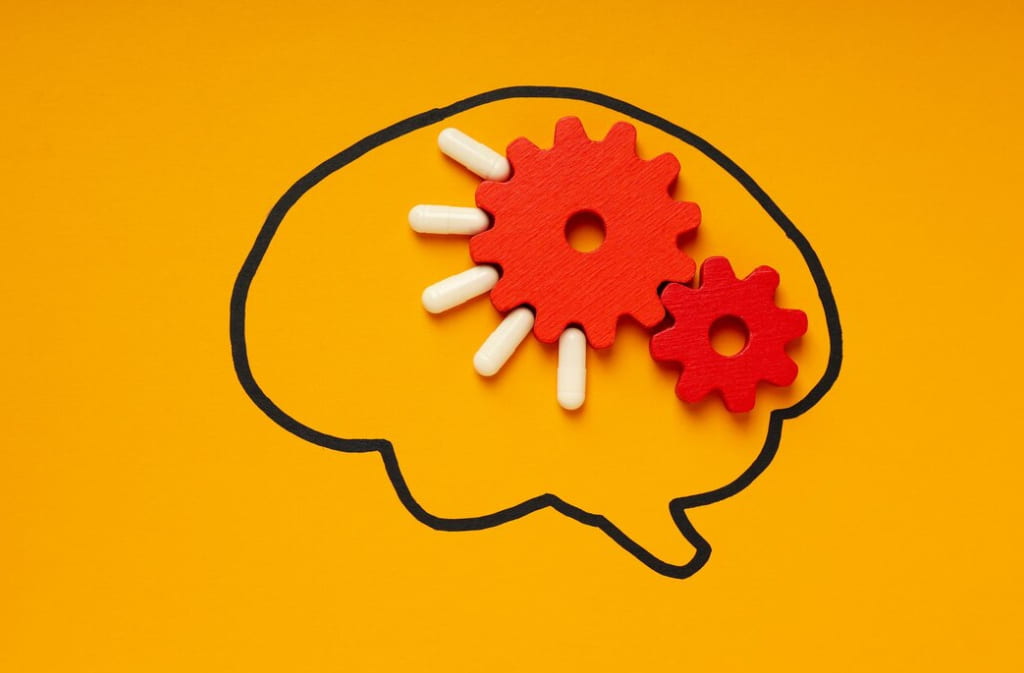In dementia care, the conversation often starts with medication. Families ask about memory pills, doctors discuss antipsychotics for agitation, and facilities rely on drugs to manage behaviour. But medication doesn’t always work the way people hope. In the UK and around the world, healthcare professionals are increasingly using non-pharmacological interventions as the first step in supporting people with dementia.
This article explores the most widely used and evidence-supported non-drug strategies for dementia care. It’s written for families, carers, nurses, and decision-makers who want to understand the tools that can truly make a difference.
Why Look Beyond Medication in Dementia Care?
The symptoms of dementia — confusion, anxiety, agitation, wandering, loss of interest — are deeply human responses to a brain that’s struggling to interpret the world. While medication can sometimes reduce the intensity of those symptoms, it rarely addresses the root cause.
Commonly prescribed drugs like antipsychotics, benzodiazepines, and sleep medications can cause:
- Increased risk of falls
- Daytime drowsiness or disconnection
- Faster cognitive decline
- Difficulty swallowing
- Higher mortality rates in some cases
Because of these risks, NICE guidelines and NHS dementia pathways recommend non-pharmacological approaches as first-line treatment for behavioural and psychological symptoms of dementia (BPSD).
These strategies are based not on diagnosis, but on understanding the person behind the condition.
1. Reminiscence Therapy: Reconnecting Through Memory
This is one of the most intuitive and widely used methods in dementia care. It’s based on the idea that long-term memory, especially from early life, remains accessible longer than short-term recall.
Techniques:
- Sharing old photos or newspaper clippings
- Listening to music from their youth
- Talking about first jobs, holidays, or pets
- Using familiar scents, like perfume or baking
- Watching historical footage or films from their generation
Why it helps:
- Anchors the person in something familiar
- Reduces anxiety by restoring a sense of self
- Encourages verbal interaction even in later stages
- Can spark unexpected joy and recognition
In group settings, reminiscence also creates opportunities for peer bonding and structured conversation — a rare social experience in many care homes.
2. Music and Personalised Soundtracks
Music therapy isn’t just a background activity — it can be a main form of connection. People who are otherwise withdrawn may sing, tap a rhythm, or react to a familiar tune.
What works:
- Pre-made playlists from the youth or cultural background
- Live acoustic sessions (e.g., harp, guitar, piano)
- Singing together in small groups
- Music during dressing, bathing, or mealtimes
- Use of headphones for private, calming focus
Research shows:
- Music reduces agitation during care tasks
- It improves mood and emotional regulation
- It can improve eating behaviour and sleep routines
- It activates brain areas associated with emotion and memory
Charities like Playlist for Life work with families and staff to create individualised music collections for those with dementia, helping turn noise into comfort.
3. Sensory Stimulation and Multi-Sensory Environments
As dementia progresses, sensory input becomes harder to process. The brain may misinterpret sounds, lights, or textures as threatening. This is why calm, controlled stimulation is so powerful.
Examples:
- Aromatherapy (lavender, rosemary, citrus)
- Weighted blankets for grounding
- Soft textured objects for touch (knitted squares, soft toys)
- Bubble tubes or light projections in “sensory rooms”
- Gentle massage or warm hand compresses
Sensory stimulation supports people who are restless, anxious, or have limited language. It helps bring the body and mind into balance, especially when overstimulation is a problem.
4. Exercise and Movement-Based Activities
Physical movement has a direct effect on brain health. It increases blood flow, releases mood-lifting hormones, and helps regulate circadian rhythms. Even gentle activity supports balance and reduces the risk of frailty.
Movement options:
- Chair yoga or tai chi
- Daily walks (indoor corridors or garden loops)
- Stretching with music
- Balance training with staff support
- Ball passing games in small groups
Movement helps reduce restlessness and sleep problems, and boosts confidence through small achievements.
5. Cognitive Stimulation Therapy (CST)
CST is one of the most structured and research-backed approaches available in the UK. Developed by Dr Aimee Spector and her team, CST involves a series of themed group sessions aimed at maintaining memory, orientation, and communication.
Sessions might include:
- Discussing current events
- Matching games and puzzles
- Word association and naming exercises
- Singing and storytelling
- Using household items to prompt discussion
CST is designed for people with mild to moderate dementia. Sessions are low-pressure, non-clinical, and designed to foster a sense of success and connection.
It’s free on the NHS in many areas, and training is available for carers to deliver sessions at home.
6. Creative Therapies: Art, Drama, and Expression
Art therapy provides a non-verbal way to process thoughts and emotions. When language becomes difficult, colour, shape, and form allow people to express themselves.
What this includes:
- Painting, sketching, collage
- Clay modelling or sculpture
- Guided group drawing with themes
- Drama exercises or storytelling
- Simple crafts with seasonal focus
Creative activities help people feel engaged and purposeful. They’re particularly helpful in care home environments, where routine can feel repetitive. Staff and family members also gain insight into the person’s inner world through what they create.
7. Nature Engagement and Animal Interaction
The impact of nature on dementia symptoms is profound — even short periods outdoors can improve appetite, sleep, and mood. Gardening, in particular, helps reawaken lifelong habits and muscle memory.
Nature-based options:
- Gardening clubs in raised beds
- Window boxes with herbs or flowers
- Walking in natural settings
- Visits from therapy dogs or rabbits
- Robotic pets that mimic gentle movement and purring
Animal-assisted interventions are increasingly used in UK care homes, especially for people with advanced dementia who no longer engage in group settings. Robotic cats and dogs may sound artificial, but they provide calming companionship without the demands of live animals.
8. Structured Routines and Familiar Environments
One of the most overlooked — but powerful — interventions is routine. Familiarity reduces stress, builds confidence, and limits confusion.
Key elements of structure:
- Consistent wake-up and bedtimes
- Familiar carers and predictable voices
- Predictable meal timing
- Visual cues (pictures on doors, activity calendars)
- Objects from home are placed in the living spaces
When the day follows a known rhythm, the person with dementia is less likely to become agitated, afraid, or disoriented.
Combining Interventions for Maximum Effect
In practice, these interventions are rarely used alone. The most effective dementia care combines multiple strategies into a personalised daily plan based on the person’s history, preferences, and mood.
A typical day might include:
- Morning stretch with calming music
- Breakfast with a favourite radio show
- Group reminiscence at mid-morning
- Gardening or painting before lunch
- Afternoon rest with aromatherapy
- Familiar film or news clips in the evening
These moments may seem small. But together, they help structure life, reduce suffering, and support remaining abilities.
Final Thoughts
Dementia changes how the brain works, but not what people need: dignity, connection, comfort, purpose. Non-pharmacological interventions speak directly to those needs.
For carers, nurses, and families, these strategies can turn frustration into progress, not by fixing dementia, but by making life feel more familiar, less frightening, and sometimes, even joyful again.



